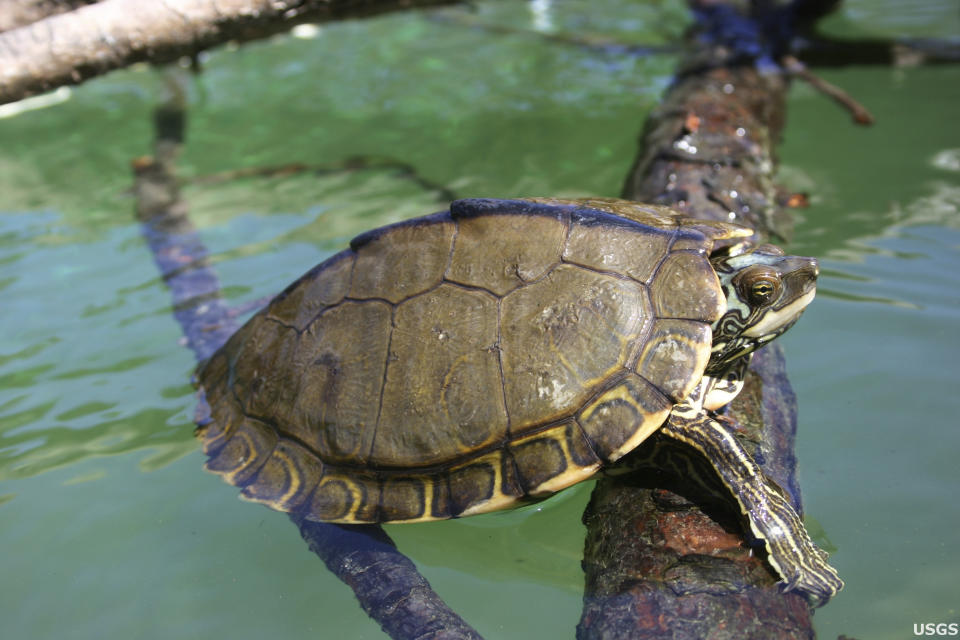US federal government to decide on turtle protection
The US federal government has said it will decide whether protection is needed for a freshwater turtle found only in Mississippi and a related species found in Mississippi and Louisiana.
The agreement settles a lawsuit filed in January calling for a declaration that Pearl River map turtles and Pascagoula map turtles are endangered or threatened.
One is found in the Pearl River watershed in Louisiana and Mississippi, and the other only in part of Mississippi’s Pascagoula River system.
Jason Totoiu, a senior attorney for the Centre for Biological Diversity, said: “North American turtles survived the asteroid that killed the dinosaurs, but these two species need help to live through the havoc we’re wreaking on rivers.
“These turtles are in steep decline and need the safeguards afforded by the Endangered Species Act before it’s too late.”
The US government agreed to make a decision on the turtle’s status by October 29 2021, said the statement from the Centre for Biological Diversity and Healthy Gulf, another ecological non-profit.

The settlement was proposed on June 12 and approved on Thursday by a US district court judge in Washington DC.
According to the lawsuit, plans for a dam in Hinds and Rankin counties in south-central Mississippi could wipe out the Pearl River map turtle by turning the rivers where it lives into a lake.
Threats to both species include both selling turtles and removing logs and snags where the turtles bask so that boats can move through more easily, Mr Totoiu said in January.
He said the turtles are sold both as pets and to Asian food and medicinal markets.
The International Union for the Conservation of Nature considers both species to be endangered.
Pascagoula and Pearl River map turtles are among 13 species of map turtles, named for shell markings that resemble maps.
They also are called sawbacks because their shells have a central ridge that sometimes develops saw-like points.
These two species look so similar that until June 2010 – two months after environmental groups asked protection for the Pascagoula map turtle – they were considered one species.

 Yahoo News
Yahoo News 
